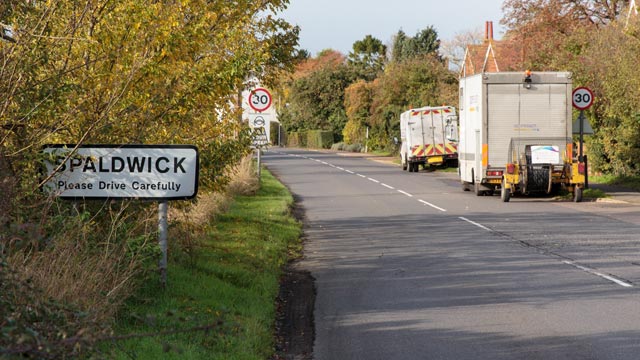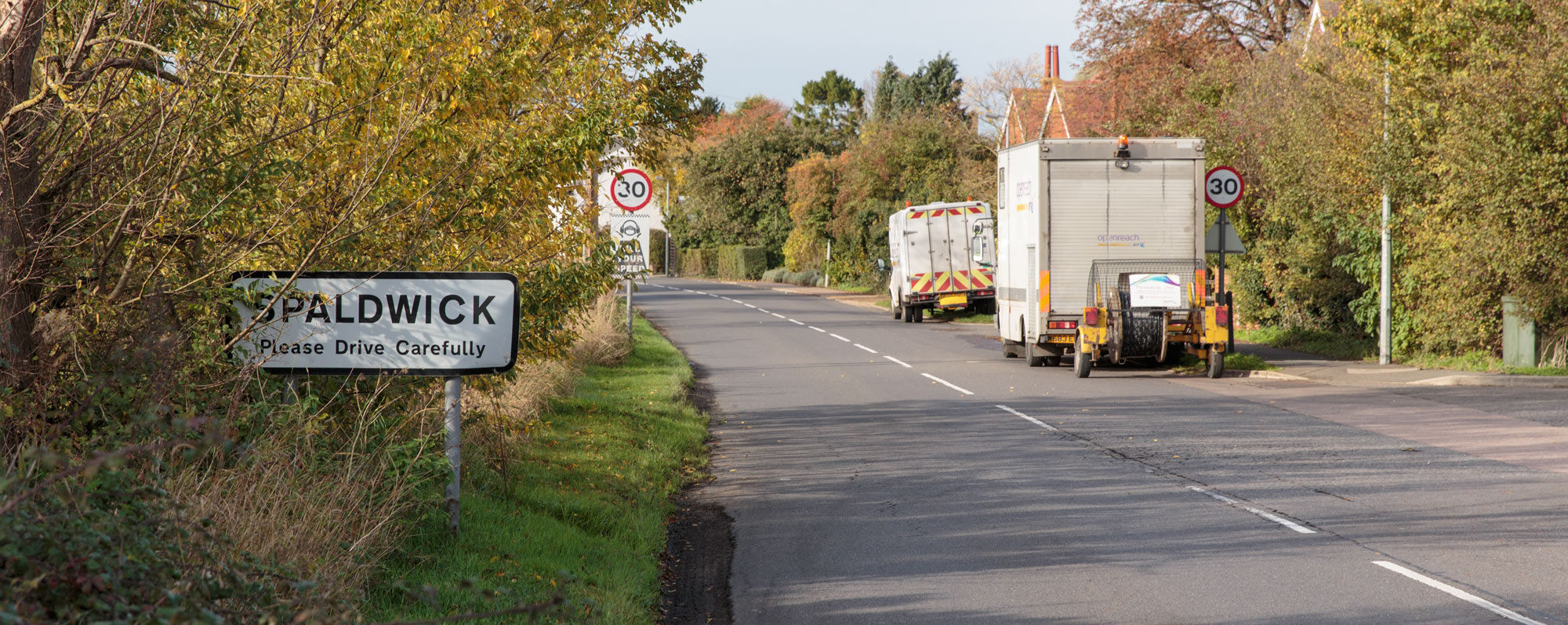
Full-fibre gigabit broadband arrived in Spaldwick in August 2021, completing our 18-year broadband journey to better broadband. For information or help with your broadband, please contact Jason Patel. His email is me@jasonpatel.co.uk.
We were one of the first rural villages in the UK to get standard ADSL broadband, in July 2004, following a successful local demand registration scheme. Following a subsequent local village registration campaign, Spaldwick was one of the first rural villages in the UK to get ‘superfast’ fibre broadband, and received significant national attention. Fibre broadband was switched on in July 2014, and take-up in the village quickly exceeded 80% – with one of the highest take-ups in Cambridgeshire and the UK. The ultimate broadband technology – called Fibre-to-the-Premises (FTTP) – arrived in August 2021. It offers improved reliability and connection speeds up to 1 Gbps (1000 Mbps).
View our gallery of FTTP photos. To understand what happens in a typical FTTP installation, view the following guide:
What’s Involved in an Openreach FTTP Full-Fibre Broadband Installation? | Increase Broadband Speed
Here’s a recent speed test result from Spaldwick. These speeds are available to each and every household in Spaldwick, irrespective of their location in the village. As well as substantial improvements in download and upload speeds, FTTP delivers notably reduced latency – ideal for online gamers!
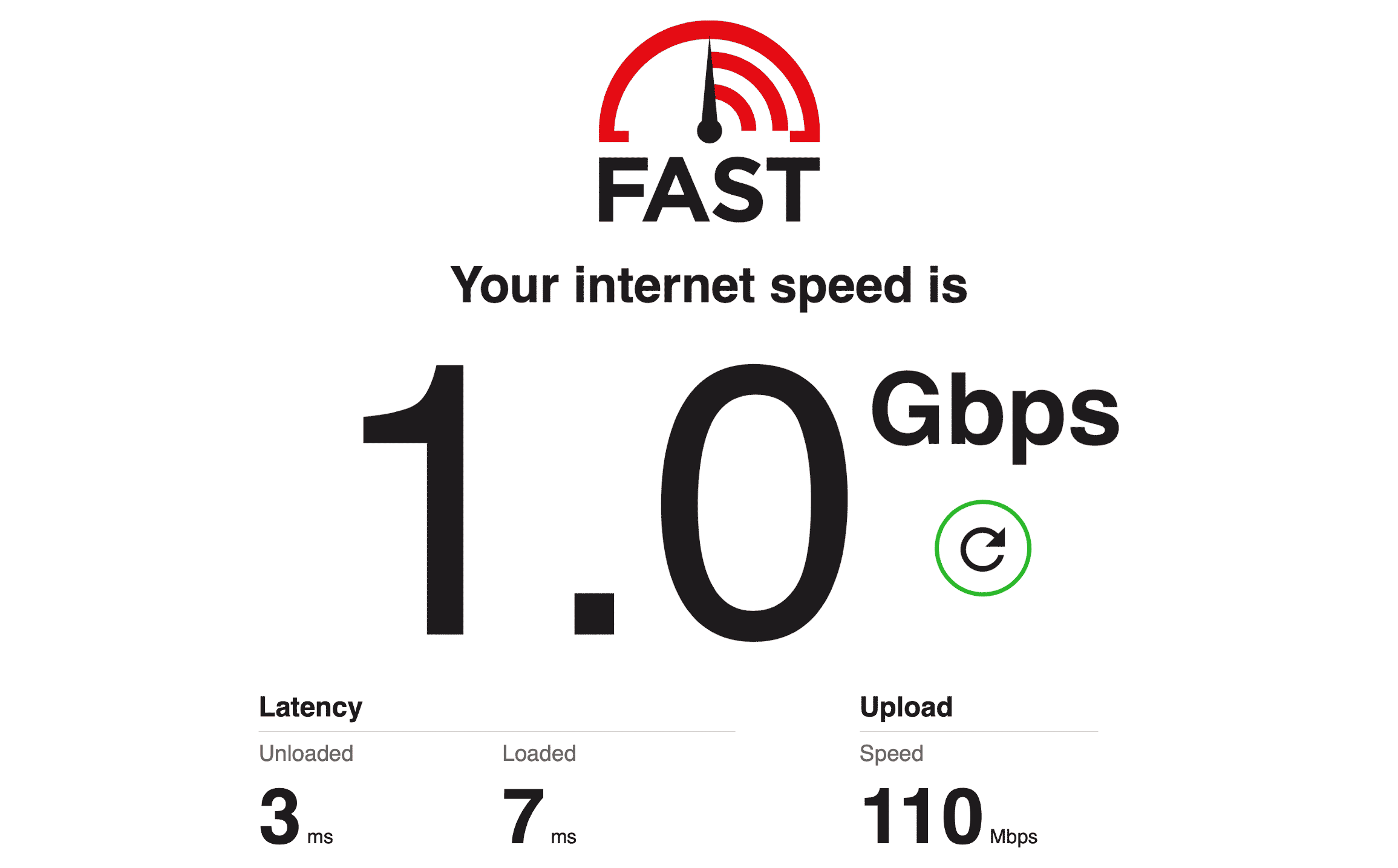
Please note that you can order FTTP services from a range of service providers including TalkTalk. To confirm you can order FTTP, enter your postcode and address on the BT Wholesale checker:
BT Broadband Availability Checker
You will get a result like the following:
Under ‘Featured Products’ the following will be listed:
WBC FTTP Up to 1000 Downstream Line Rate (Mbps)
Near the bottom of the sheet, it will say, “FTTP is available and a new ONT may be ordered”.
Here is the very latest FTTP pricing for a number of popular broadband providers (as of August 2021):
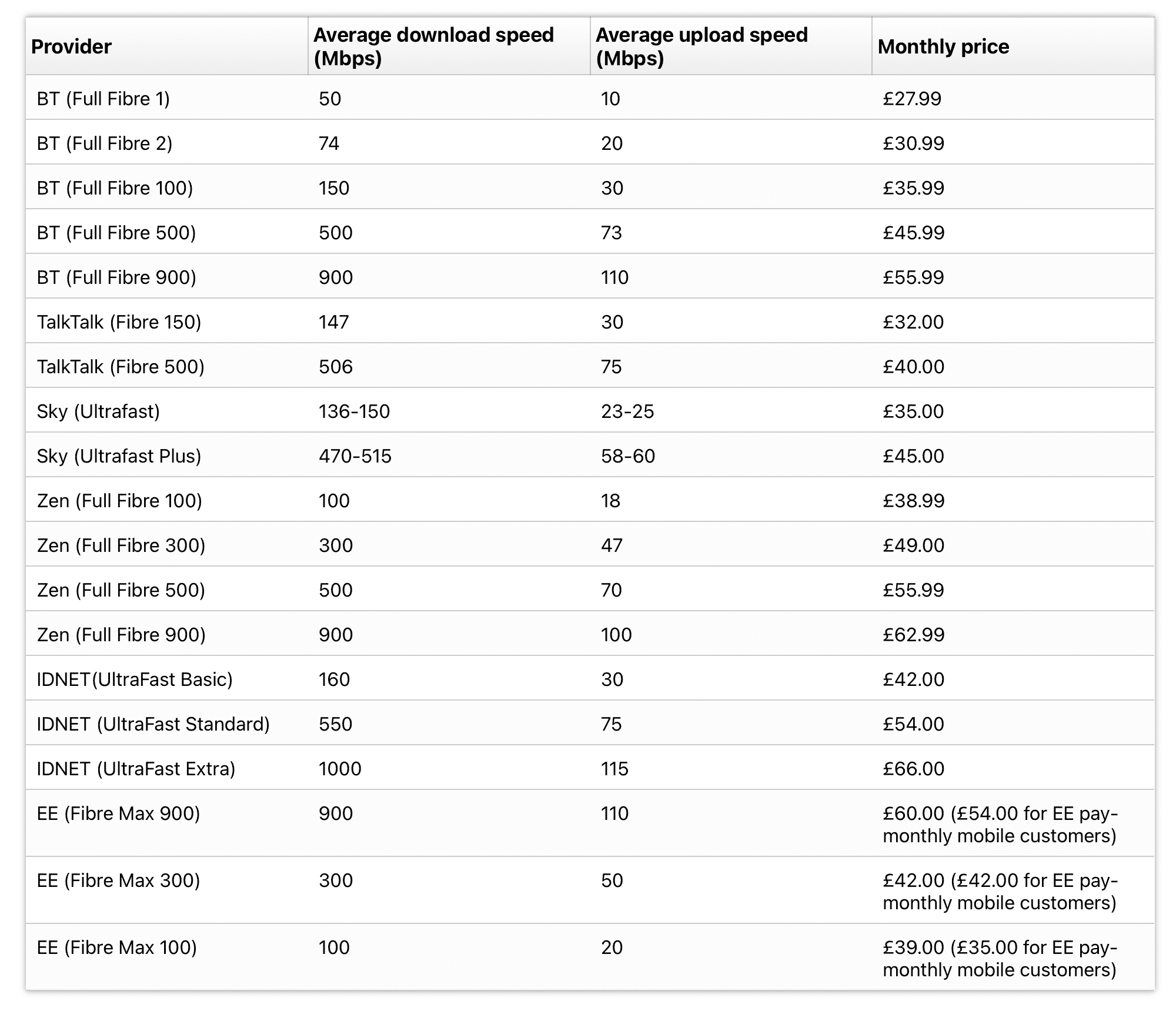
Please note that Plusnet and Vodafone do not currently offer FTTP services.
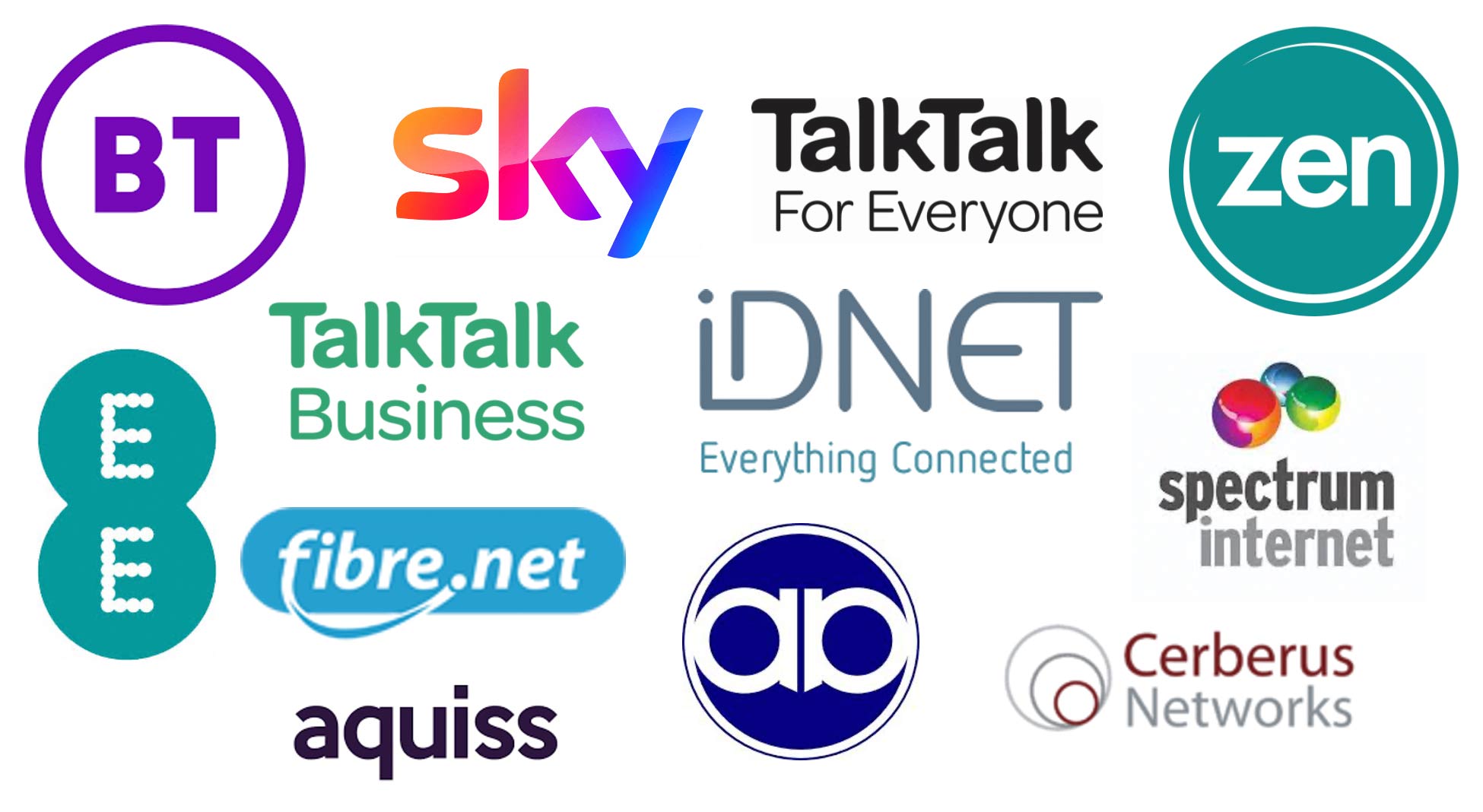
Read Mark Heath’s Questions and Answers page about full-fibre broadband (updated August 2021 with updated pricing):
FTTP Questions and Answers (FAQs) For an Openreach Community Partnership
Other pages you may be interested in:
Spaldwick information | Spaldwick News magazine | Spaldwick photos

